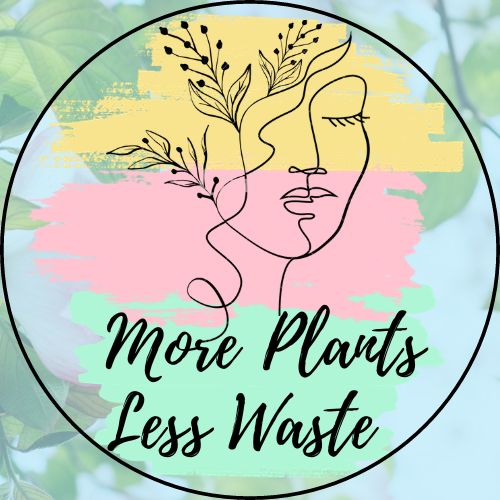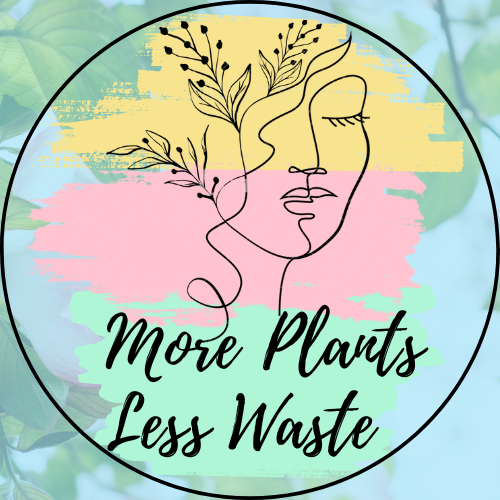Watering your plants seems simple. Unless you’re someone like me, who overthinks everything! These are some of the questions that came flying through my head:
How much water do I use?
How often do I water?
Do I need a drainage hole?
Do I need a tray?
Do I use tap water or filtered?
Do I need a watering can?
Thankfully, I was able to answer these questions by working at a nursery, learning from fellow plant lovers, and experiences with my own plants at home. I found ways to make watering a very simple experience with no “schedules” or “measurements” to try and remember. I am blessed to have met some amazing and extremely knowledgeable individuals who taught me so much of what I know today regarding plants.
I’ll start by answering each question listed above and close with a plant-watering golden rule I now live by.
How Much Water Do I Use?
Not only is there an endless variety of plants, but there is also an array of environmental factors to take into consideration. Although this seemed very stressful to try and figure out, the answer was easier than I wanted to accept.
Water your plant until the water runs out of the bottom.
That’s it. No measurements to remember. Schedules to write down. No environments to research. However, stay tuned because for this to happen, you’ll need a drainage hole. Keep reading…
How Often Do I Water?
With each variety of plant comes the natural environment it came from. Some varieties are accustomed to desert-like climates, where they store water for long periods of time and don’t require as frequent watering. Other varieties are comfortable with humid or wet climates where they’re constantly absorbing some form of moisture. As you guessed, this overwhelmed me too.
Now, there are two answers I can give you to this question. The second is my golden rule, so we’ll save that for the end. However, the first answer is, generally as follows…
Cactus/Succulent– Every 2 weeks to once a month
‘Tropical’ – Once a week with misting or humidifier.
Dracaena – Every 2 weeks
Philodendron – Once a week
Ficus – Every 2 weeks to once a month
Chinese Evergreen – Once a week to every 2 weeks
Sansevieria – Every 2 weeks to once a month
Spider – Once a week
Depending on how many plants you have, this could be a lot to remember. Write it down, set a reminder, or wait for the golden rule at the end.
Do I Need a Drainage Hole?
This question has an overall answer for all plants. Well, except for water plants…
YES!
I did NOT understand the importance of a drainage hole until later in my plant journey. You absolutely, positively need a drainage hole. There are a lot of plant varieties that can easily get root rot. This is when the roots of the plants are wet for too long without drying out and begin to rot. This will eventually kill the plant.
I am a victim of not having drainage holes and getting root rot. This was how the majority of my plants when beginning this journey, died. Having a drainage hole allows the plant to absorb and drink whatever water it needs and get rid of any excess. It’s a great way to not drown your plant.
Do I Need a Tray?
Preferably. I use trays and find them extremely convenient. They are not a necessity, but they do help make things easier. These trays are what sit under the pot, with the drainage hole, to collect any excess water that runs out of the bottom. When I’m watering my plants, I let them sit in the excess water for about 15-20 minutes before dumping the excess water out.
I’ve been able to find trays at a variety of stores including Dollar Tree, Dollar General, and Walmart. However, if we’re being honest, Dollar Tree trays are the best! For only a dollar, there are typically 4-8 in a pack depending on their size. They have trays that are fun, fancy, clear, black, or terra cotta. Some even have wheels for conveniently moving large and/or heavy plants.
Oftentimes, trays are overlooked or forgotten about. But these have made my ‘plant mom’ life a lot easier.
Do I Use Tap Water or Filtered?
Each of us has a preferred drink and believe it or not, so do plants. I’ve experienced firsthand the effects of using these different types of water with my home plants.
Being that plants come from nature, whether they’re outdoor decor or inside aesthetics, rainwater is best. Rain barrels are amazing for watering your plants. You can even use melted snow. Just be sure you allow it to melt to room temperature.
Tap water isn’t going to be the best for your plants. There is a lot of chlorine and heavy metals that can build up in the plant’s soil. If you are using tap water (which I’ve done plenty of times) let it sit out for 24 hours so the chlorine can evaporate.
Filtered Water is great for plants. It removes a lot of the chlorine and heavy metals that are in tap water. However, be sure to allow the water to come to room temperature before use.
Another type of water that would work just as well as distilled water. This water is also free of chlorine and heavy metals. The only downside to distilled water is it’s costly.
Do I Need a Watering Can?
Now, I’m sure you’re reading this a little bit curious. Isn’t this the last one a bit knit-picky? Absolutely. Am I going to go there anyway? Yes. I didn’t have a watering can for probably the first 2 years of my plant journey, and we made it. However, after getting a watering can I realized how much I was missing out.
Cup or Bowl -You can absolutely water your plants with a cup or bowl. In fact, you can use anything that gets water to the plant’s soil. When I leave my tap water out I would fill 3 or 4 bowls with water and leave them on my counter before watering the plants with the bowls.
Ice Cube – No. Absolutely not. I know there’s some information about watering plants with ice cubes. However, unless you like taking ice-cold showers, don’t torture your plants the same way. Plants are sensitive to extreme temperatures. So, water that’s extremely hot or cold is not going to please your plants.
Watering Can – I purchased a small watering can a couple of years ago and it’s the most convenient thing ever! There are so many styles and types that will fit your aesthetic. There are even watering cans with different spouts which offer a single stream or a shower stream. With the nozzle, you can easily get under the leaves or move any leaves/stems you need in order to get right to the soil. Whenever I have plants in difficult locations, I can easily water them without having to move them.
Golden Rule
This golden rule that I learned is a ‘plant mom’ lifesaver. After an endless number of schedules, reminders, and memorizing, this is still my preferred method of knowing when to water my plants.
The easiest way to tell when your plant needs water is to stick your finger in the soil about knuckle deep. If your knuckle comes out moist, damp, or wet then don’t water it. However, if your knuckle comes out dry, it’s time for a drink!
It’s that easy. No schedules to remember or reminders to set. Just every now and then, when walking by, check the soil of your plants.
I could go into an endless amount of detail when it comes to environmental factors that would affect your watering. But that will have to wait for another post. My best advice and the golden rule are to water when your soil is dry to the touch.
Over-watering is the fastest way to kill your plant. If you’re ever in doubt, it’s easier to recover from under-watering compared to over-watering. I would also make sure to check that there are no special requirements your plant might need. If this were to happen, it would be for plants in a unique environment, rare plant species, or air plants.
Also…
There are a few plant apps that are available on both iPhones and Androids that help you remember when to water each plant or at least keep track of when you last watered. I personally use the Planta app which notifies me when my plants need to be watered. I then check the soil to ensure its dry because occasionally my plants are still damp.























This is great advice and a very common sense approach. Thank you for sharing.